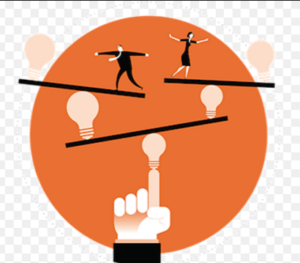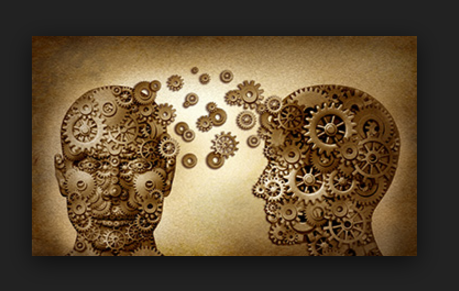A mind is like a parachute. It doesn’t work if it is not open to new ideas. Thinking about improving the adaptation of your small business innovation to the changing elements around you? You have a large business innovation continuum that you should consider.
Where is your focus? Invention? Innovation? Creativity? Or maybe somewhere else on the continuum of winning new business?
Check out our thoughts on building innovation.
We are always surprised by the number of people that don’t make a distinction between these concepts. Do you make the distinction?
A clear distinction and your appropriate action focus will definitely make a difference to your business. Let’s us explain why.
Creativity is your ability to imagine new concepts. It does not require value creation. That is why when we run brainstorming sessions; we do not allow concepts to be screened for merit. We are being divergent and looking for all possible ideas.
Creativity plays an important role in both invention and innovation but is only the front-end component of each.
Invention and innovation. They have been so thoroughly misused that it is hard to tell the difference between them. Yet they could not be more different.
Related: Generating Ideas by Convergent Thinking
Innovation is the process through which value is created and delivered to a community in the form of a new solution. We have purposely chosen to frame the definition as a process. It can also be used to describe a new product or service … the output of the process.
In either case, the key elements of the meaning are value delivery and newness.
The invention is very distinct from innovation. When a new idea surfaces or a new patent is filed, that is an invention.
It is the classic eureka moment when a person has an idea for a better mousetrap and sets about creating it, putting off concern about who will buy it for another day.
Business model innovation is a source of competitive advantage that few companies proactively pursue. It, however, is not necessary to entirely replace a business model or radically reinvent the business in order to capture value from innovation.
Business activity can be viewed as a continuum from incremental improvement to the invention of an entirely new business Between these extremes are three additional levels of innovation, distinguished by the degree to which they redefine the existing business model.

Incremental improvement
Focuses on re-engineering the existing business model—doing what we already do, only better, faster, or cheaper.
Although important to the ongoing success of the business, these efforts create fewer consumer and competitive benefits than innovative activities, and they have little to no disruptive effect on the market.
Small business innovation … single-dimension
This represents a pioneering change in any existing business model. It is designed to deliver substantially enhanced consumer benefits and financial performance.
This level of innovation causes some degree of disturbance in the market (for example Amazon’s e-commerce process innovations).
Serial innovation
Serial innovation builds on the success of initial business innovation by expanding the scope of what is considered for future innovation.
Through the continuous adaptation of the business model, the company harvests progressively more of the benefit of the original innovation (e.g., the expansion of Amazon’s move from books and music to other products and services).
Business innovation models … multi-dimension innovation
Multi-dimensional innovation creates a substantially new way of doing business in order to optimize the market opportunity.
Innovation at this level is essentially building something completely new from scratch. It affects change in multiple components of the business model simultaneously.
Business model innovation often propels a company beyond the boundaries of its original marketplace through the offer of products and services previously unavailable to customers.
It typically requires new processes, organizational structures, and distribution channels. Business model innovation disrupts existing patterns of consumption and competition (for example, Dell’s direct-to-consumer customer-selected design business model).

